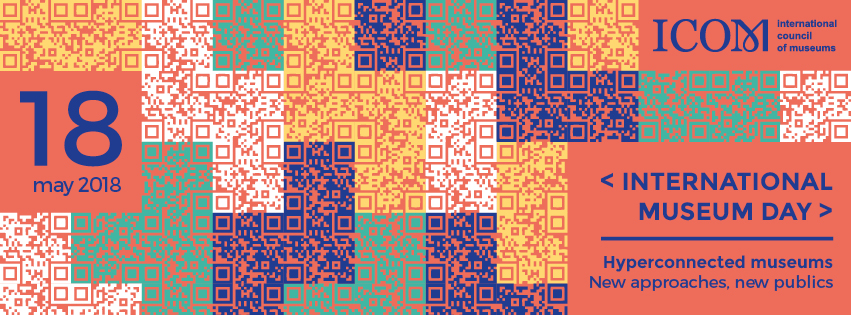 Each year around May 18th marks International Museum Day, an annual celebration initiated by the International Council of museum. Highlighting a specific theme each year, ICOM selects a relevant topic or idea that is at the heart of the international museum community’s philosophy. While International Museum Day provides museum professionals and opportunity to meet & engage with the public to reveal the unique circumstances museums face, it also serves as an awareness platform to underscore the role museums play in the development of society on a local and an international scale. IMD is also a great mechanism to get people involved through memberships, regular visits, donations & volunteer opportunities. Last year over 36,000 museums participated in some fashion.
Each year around May 18th marks International Museum Day, an annual celebration initiated by the International Council of museum. Highlighting a specific theme each year, ICOM selects a relevant topic or idea that is at the heart of the international museum community’s philosophy. While International Museum Day provides museum professionals and opportunity to meet & engage with the public to reveal the unique circumstances museums face, it also serves as an awareness platform to underscore the role museums play in the development of society on a local and an international scale. IMD is also a great mechanism to get people involved through memberships, regular visits, donations & volunteer opportunities. Last year over 36,000 museums participated in some fashion.
For 2018 IMD will celebrate Hyperconnectivity a term invented in 2001 to encompass the diverse means of communication we have today, such as in person contact, email, instant messaging, telephone and the internet. Our global network of connections becomes more complex, diverse and integrated with each passing day. In our ever evolving hyperconnected world of today, museums creatively utilize this trend.
It is difficult to understand the role of museums without regard for our use & perceptions around connectivity. Largely due to the accessibility of technology, museums can now reach way beyond their audience and walls to find new publics. This approach may be as obvious as adding a hashtag that allows visitors to share their experience in social media or multimedia elements to enhance the exhibition.
While technology may play a large and visible role in hyperconnectivity, not all these new connections are due to technology. While museums compete to maintain their relevancy, some are increasing their scope locally, embracing the diverse groups that comprise it. The result is countless projects organized by museums in collaboration of minorities, indigenous peoples and local institutions. For more information visit http://icom.museum


